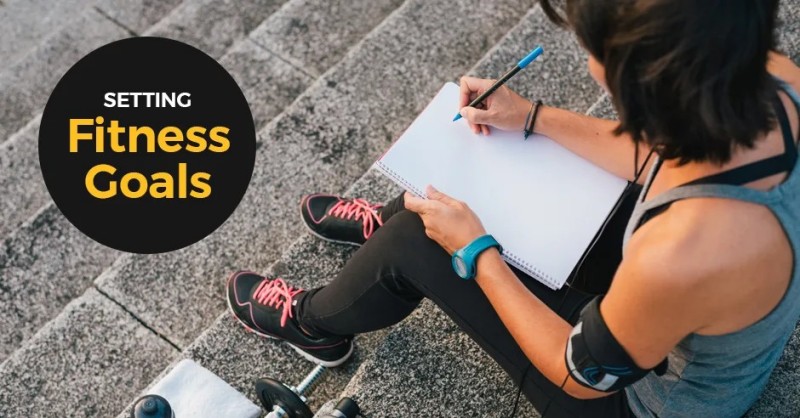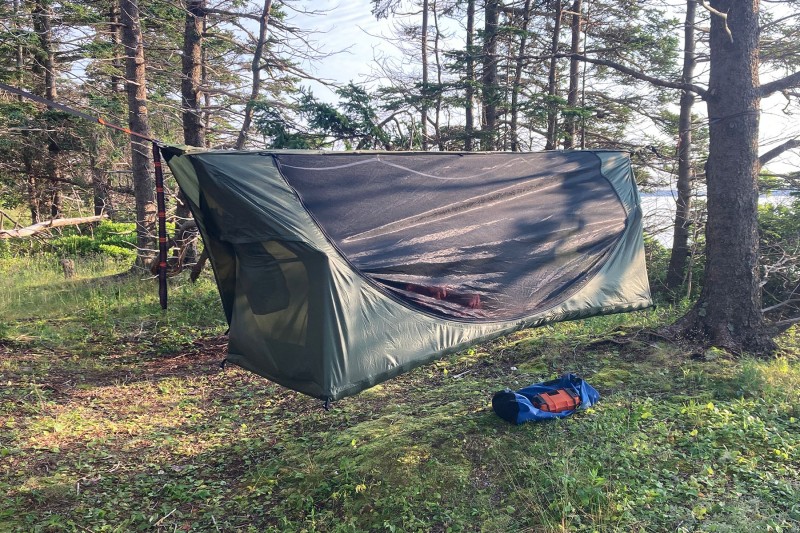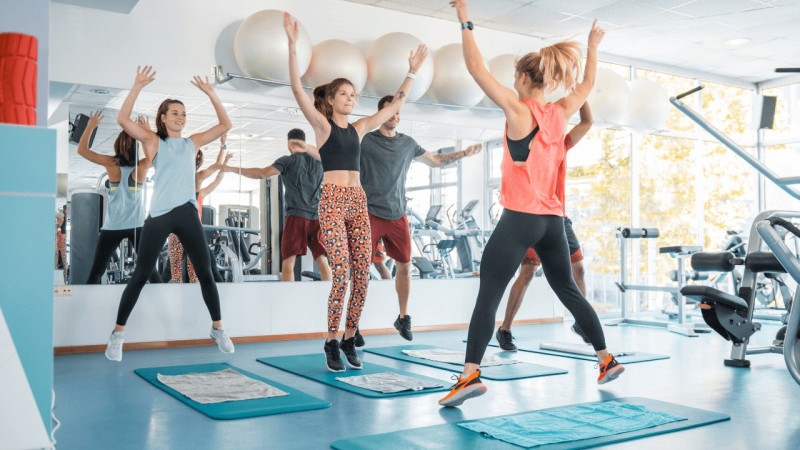Push-ups, squats, and lunges might not be the first things that come to mind when you think about a good night’s sleep. But surprisingly, incorporating a home workout into your daily routine can significantly improve your sleep quality. This article delves into the science behind “Home workouts for better sleep” and provides practical advice to help you rest easy at night.
Physical activity has long been associated with a multitude of health benefits, from improved cardiovascular health to better mental well-being. A 2024 study published in the Journal of Sleep Medicine found that regular exercise can also enhance sleep quality. Participants who engaged in daily workouts reported falling asleep more quickly, sleeping longer, and waking up feeling more refreshed than those who were sedentary.
So how does exercise improve sleep? The answer lies in our bodies’ internal clock, known as the circadian rhythm. By elevating body temperature during a workout, and then allowing it to drop post-exercise, we help signal to our bodies that it’s time to sleep. In fact, an observational study in the Journal of Circadian Rhythms found that people who exercise regularly have more synchronized sleep-wake cycles.
Now that we understand why exercise helps us sleep, let’s look at the best home workouts to promote restful nights. No need for a gym membership or high-end equipment—these exercises can be done in the comfort of your own living room.
1. Yoga: Known for its calming effects, yoga can be particularly beneficial before bedtime. Poses like the child’s pose, standing forward bend, and corpse pose can help to unwind and prepare your body for sleep.
2. Pilates: This low-impact exercise form helps to strengthen your core, improve posture, and release tension—making it an excellent choice for better sleep. Try the hundred, roll-up, and leg circles for a full-body workout that won’t overstimulate before bedtime.
3. Aerobic Exercises: Moderate-intensity aerobic exercises like brisk walking or light jogging can help you fall asleep more easily. Try to avoid high-intensity workouts close to bedtime, as they can interfere with your sleep.
4. Strength Training: Light strength training, such as using resistance bands or body-weight exercises, can also promote better sleep. However, try to do these workouts earlier in the day, as they can be stimulating.
To maximize the sleep benefits of your workout, aim for at least 30 minutes of exercise a day. It’s also essential to establish a consistent workout schedule. Remember, it’s not just about how much you exercise, but also when you exercise. Try to avoid working out too close to bedtime, as it can overstimulate your body and make falling asleep more challenging.
Everyone’s body responds differently to exercise, so what works for one person may not work for another. Experiment with different workouts, timings, and intensities to find what helps you sleep best. And remember—any exercise is better than no exercise. Even a short walk around the block can make a difference.
In conclusion, incorporating home workouts into your daily routine can have a significant impact on your sleep quality. So why not give it a try? Your body—and your sleep—will thank you.












 : eval()'d code(1) : eval()'d code(1) : eval()'d code(1) : eval()'d code</b> on line <b>2</b><br />
https://mindbodyfuell.com/wp-content/themes/baobao/default.jpg)
